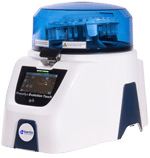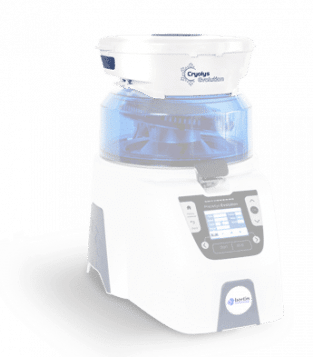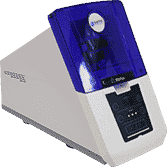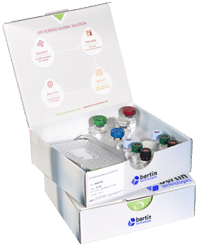Western Blot
Western Blot is a widely used molecular biology technique to detect specific proteins in a sample. On this page, our experts present their tips and tricks to improve your homogenization protocol for Western Blot, as well as a chosen selection of our best application notes on Western Blot.
Western Blot is one of the most commonly used techniques to detect and separate proteins. It is based on the principle of immunochromatography, in which proteins are separated into polyacrylamide gel based on their molecular weight. After separation, the proteins are electrotransferred onto a membrane and detected using antibodies.
The first step of Western Blot involves the preparation of the sample lysate. RIPA buffer combined with a cocktail of protease inhibitors is often used as the buffer of choice for a maximum protein yield. Sample preparation constitutes the first step of most Western Blot protocols, including homogenization in the case of tissue samples. It is critical to carefully choose the homogenization parameters to obtain a maximized protein recovery and a high-quality homogenate, suitable for Western Blots.
Bertin Technologies offers a comprehensive solution for Western Blot workflows, composed of the Precellys – a range of high-throughput homogenizers that can be used to obtain high-quality tissue homogenates and cell lysates- and the Bertin Bioreagent antibodies.
On this page, our experts have compiled some of their tips for a successful Western Blot. We also list some of our best Western Blot protocols with the Precellys homogenizers and Bertin Bioreagent antibodies.
Tips and Tricks
The success of a Western Blot is highly dependent on optimizing the protein extraction step. On this page, discover the advice of our top experts for sample preparation protocols related to protein extraction.
For Western Blot, the ratio of tissue versus liquid is very important to get robust results. For soft tissue such as liver and brain, the optimal ratio is around 80mg-100mg for 700μL-1mL of liquid. For harder and elastic tissues like colon or muscle, it is better to have a ratio of 30 – 50mg for 500 μL. Finally, for hard tissues (bones, cartilage) a ratio of 50-100mg for 700μL is a good starting point. Additionally, harder and elastic tissues should not be processed as whole chunks, it is better to precut them with a scalpel in smaller 50mg pieces.
Regarding homogenization protocols, as proteins are thermosensitive molecules, it is important to avoid overheating the sample and have pauses on ice between each homogenization cycle. We highly recommend working with the Cryolys Evolution cooling module which can keep samples at +4°C throughout the homogenization process.






